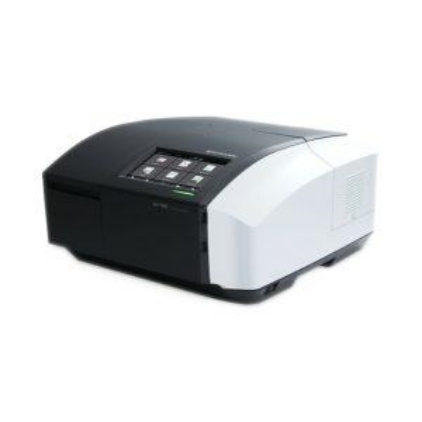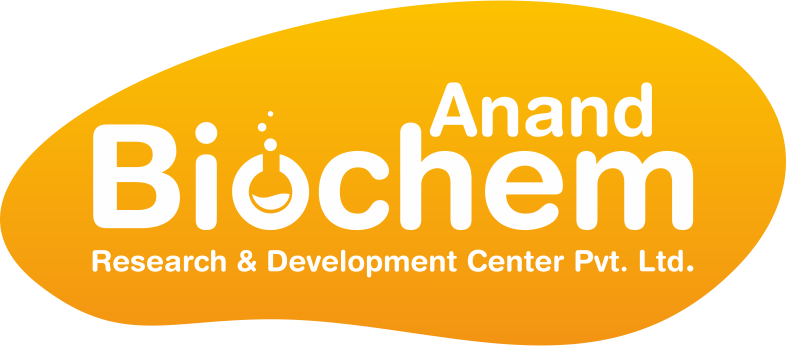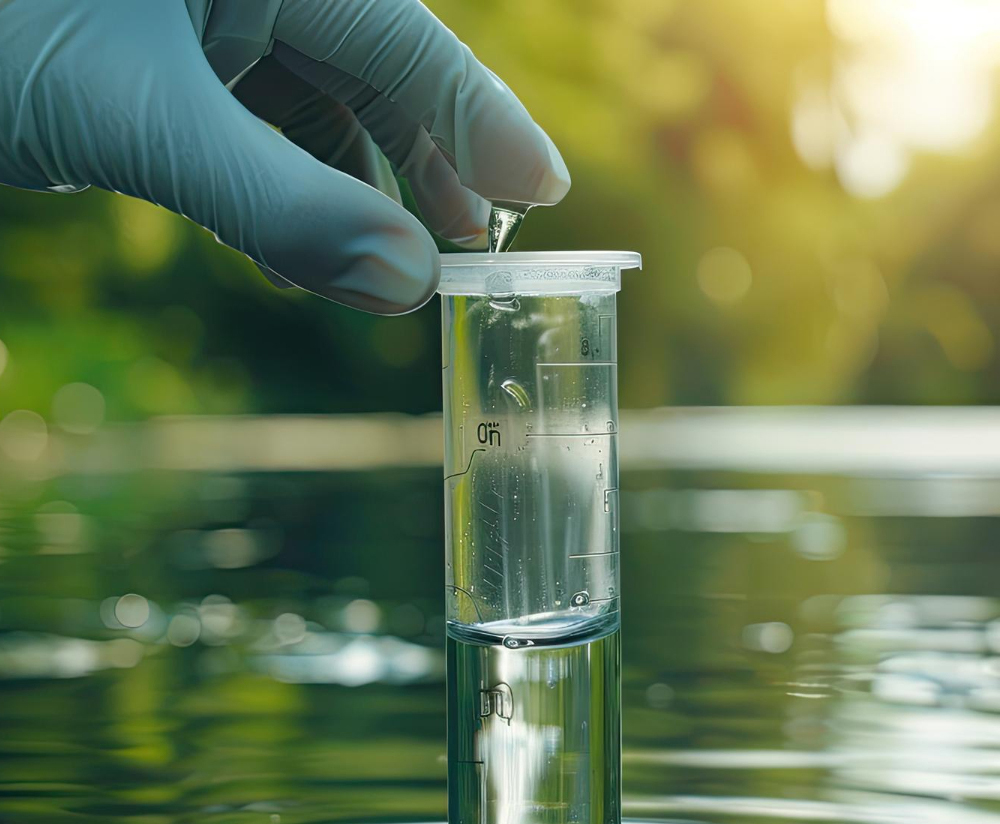
What is Water Testing?
Water testing is a comprehensive scientific procedure crucial for evaluating the chemical, physical, and biological characteristics of water sources. This process encompasses the systematic collection of water samples from diverse sources such as rivers, lakes, wells, or irrigation systems, followed by meticulous analysis to determine various parameters including pH levels, turbidity, dissolved oxygen content, nutrient concentrations, presence of heavy metals, pesticides, and microbial contaminants.
It plays a pivotal role in assessing water quality for various purposes such as drinking, irrigation, industrial processes, and environmental monitoring. By discerning potential pollutants and gauging the suitability of water for specific applications, water testing ensures the safety and preservation of water resources. This proactive approach aids in safeguarding public health, sustaining ecosystems, and facilitating responsible water usage practices. Moreover, water testing serves as a cornerstone for regulatory compliance, guiding policy formulation and enforcement measures aimed at maintaining water quality standards and protecting both human and environmental well-being.
Tools
Conductivity Meter
Dissolved Oxygen Meter
Turbidity Meter
pH Meter
Sample submission form
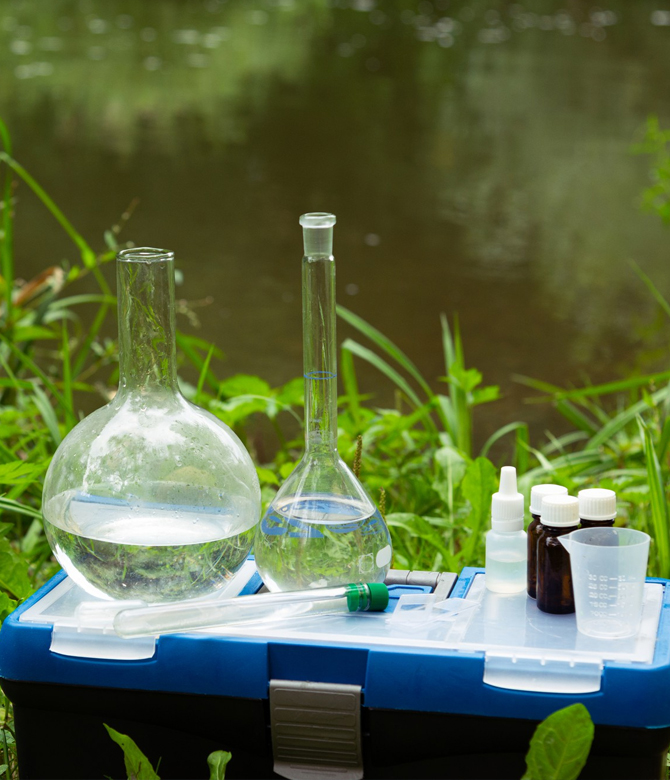
Advantages of Water Testing
- Detects pollutants and harmful substances present in water.
- Helps industries, municipalities, and regulatory agencies meet water quality standards and regulatory requirements.
- Guides water treatment decisions to improve the water quality.
- Helps protect aquatic habitats and biodiversity by identifying and mitigating threats.
Precautions to be Taken
- Ensure Proper Sampling Technique: Use clean, sterile containers and follow appropriate sampling protocols to prevent contamination.
- Calibrate Equipment: Calibrate instruments regularly to ensure accurate measurements and reliable results.
- Handle Chemicals Safely: Follow safety procedures when handling chemicals and hasardous materials to prevent accidents and exposure.
- Maintain Quality Control: Implement quality control measures to monitor and validate analytical procedures and results.
- Adhere to Regulatory Guidelines: Comply with regulatory guidelines and standards for water testing to ensure data accuracy and reliability.
A Visual Guide to Sample Testing
Why is Water Testing Important?

- Ensures Safe Drinking Water: Water testing verifies the absence of harmful contaminants, ensuring the safety of drinking water supplies.
- Protects Public Health: By detecting waterborne pathogens and pollutants, water testing prevents outbreaks of waterborne diseases and safeguards public health.
- Supports Sustainable Agriculture: Assessing water quality helps optimise irrigation practices, ensuring efficient water use and minimising environmental impact in agriculture.
- Preserves Ecosystem Health: Monitoring water quality protects aquatic habitats and biodiversity, maintaining the health and balance of ecosystems.
- Guides Industrial Processes: Water testing provides vital data for industrial operations, ensuring water quality meets regulatory standards and minimising environmental impact.
- Prevents Waterborne Diseases: Early detection of microbial contaminants through water testing prevents the spread of waterborne diseases, safeguarding public health.
- Monitors Environmental Pollution: Water testing tracks pollutants and contaminants in water bodies, facilitating early intervention and mitigation of environmental pollution.
- Supports Regulatory Compliance: Compliance with water quality standards is ensured through regular water testing, supporting regulatory requirements and public safety measures.
- Safeguards Water Resources: By identifying threats to water quality, water testing aids in the protection and conservation of precious water resources.
- Promotes Economic Development: Access to clean and reliable water resources ensured through water analysis, is essential for economic activities such as agriculture, industry, and tourism.
Laboratory Equipment
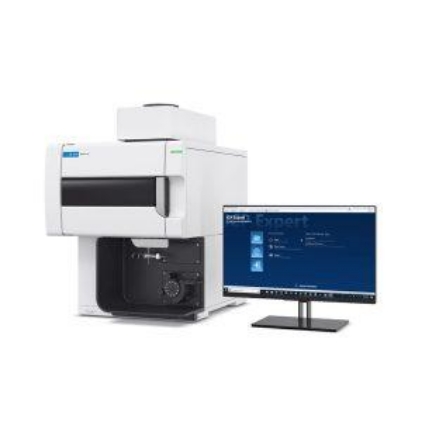
ICP-OES
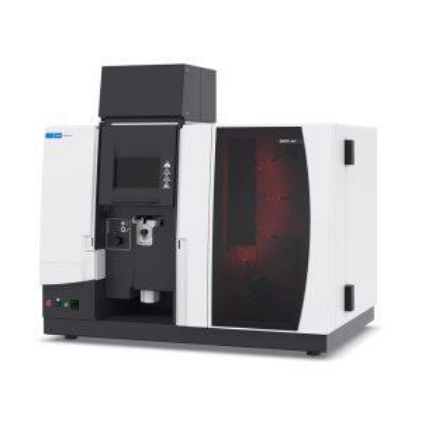
AAS
